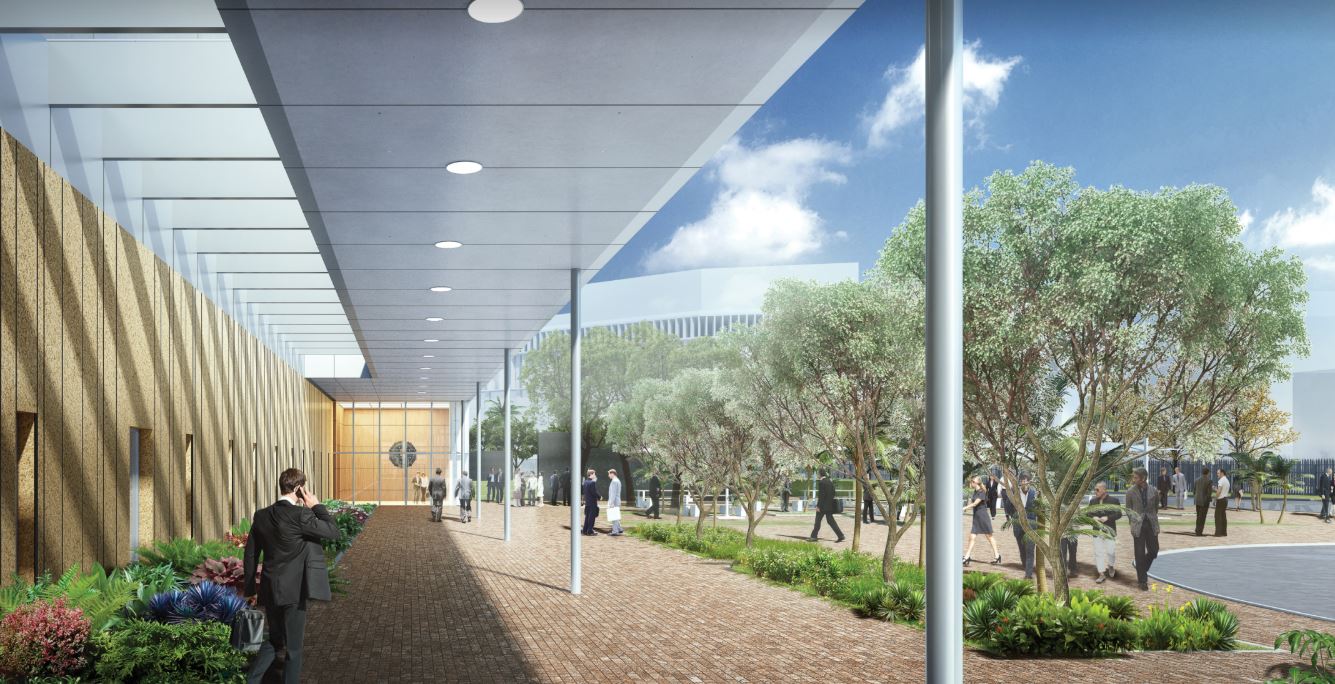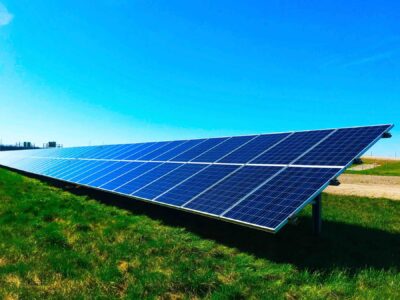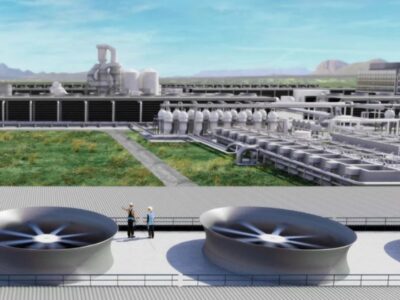At the most basic level, it’s not that complicated to design a sustainable building. Engineers and architects should aim to accomplish three things, according to the U.S. General Services Administration (GSA): reduce the consumption of non-renewable resources, minimize waste, and create healthy, productive environments.
The GSA recommends taking an “integrated, holistic approach” to sustainable design that encourages compromise and adheres to these principles:
- Optimize site potential
- Minimize non-renewable energy consumption
- Use environmentally preferable products
- Protect and conserve water
- Enhance indoor environmental quality
- Optimize operational and maintenance practices.
But fulfilling those objectives isn’t always easy – mainly because of factors beyond a designer’s control. This was one of the main themes in a recent blog on the Gensler website that looked at important trends in environmental, social, and governance (ESG) design. The blog included conversations with three of Gensler’s Climate Action & Sustainability Services leaders: Anthony Brower, Juliette Morgan, and Kirsten Ritchie.
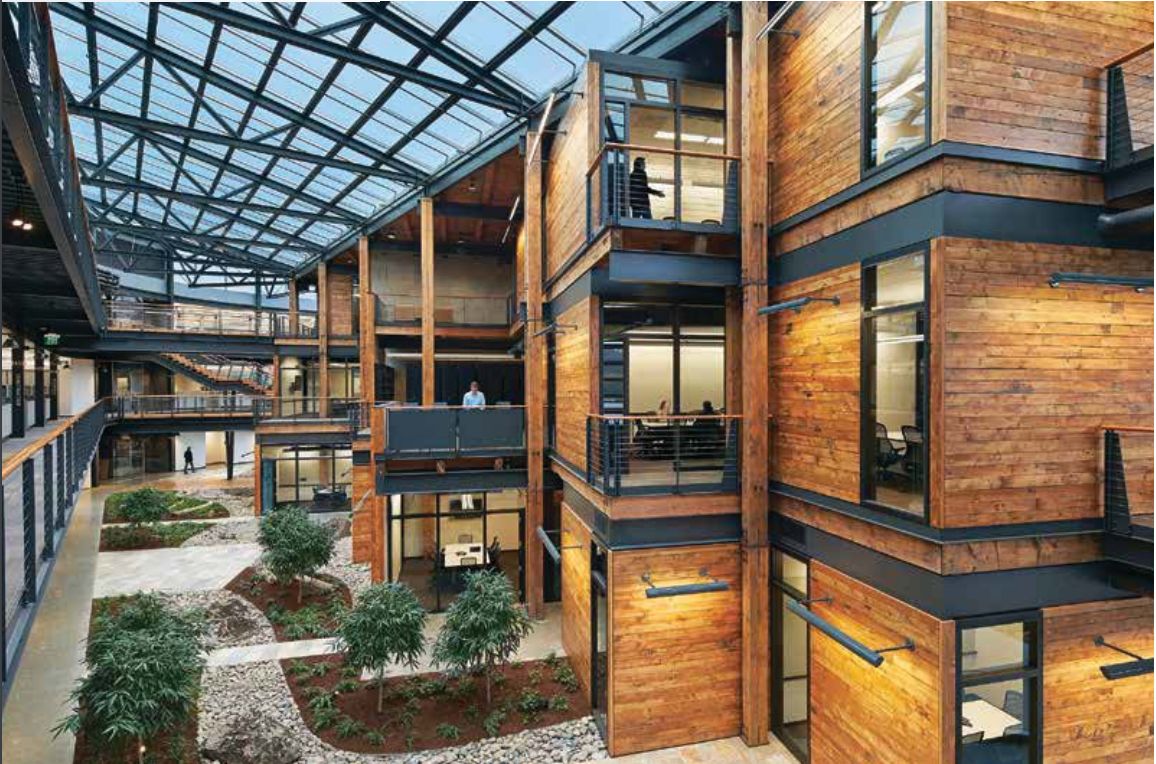
Photo Courtesy General Services Administration
One of those trends is figuring out how to navigate complex regulatory requirements. For example, Brower pointed out that in some cities, if a solar canopy exceeds a certain percentage of a building’s roof area, you must count that solar canopy as part of the total building height.
“That means you may have to remove around eight feet of space from your floors to make the solar canopy work, and it ends up disincentivizing the opportunity to roll back some of your carbon emissions,” Brower said. “There are many such cases where local building codes can get in the way of the actions we want to take, and we need to get more involved in reforming these codes.”
Another trend Brower mentioned is developing ways to make energy efficiency “visible to people” beyond just utility bills.
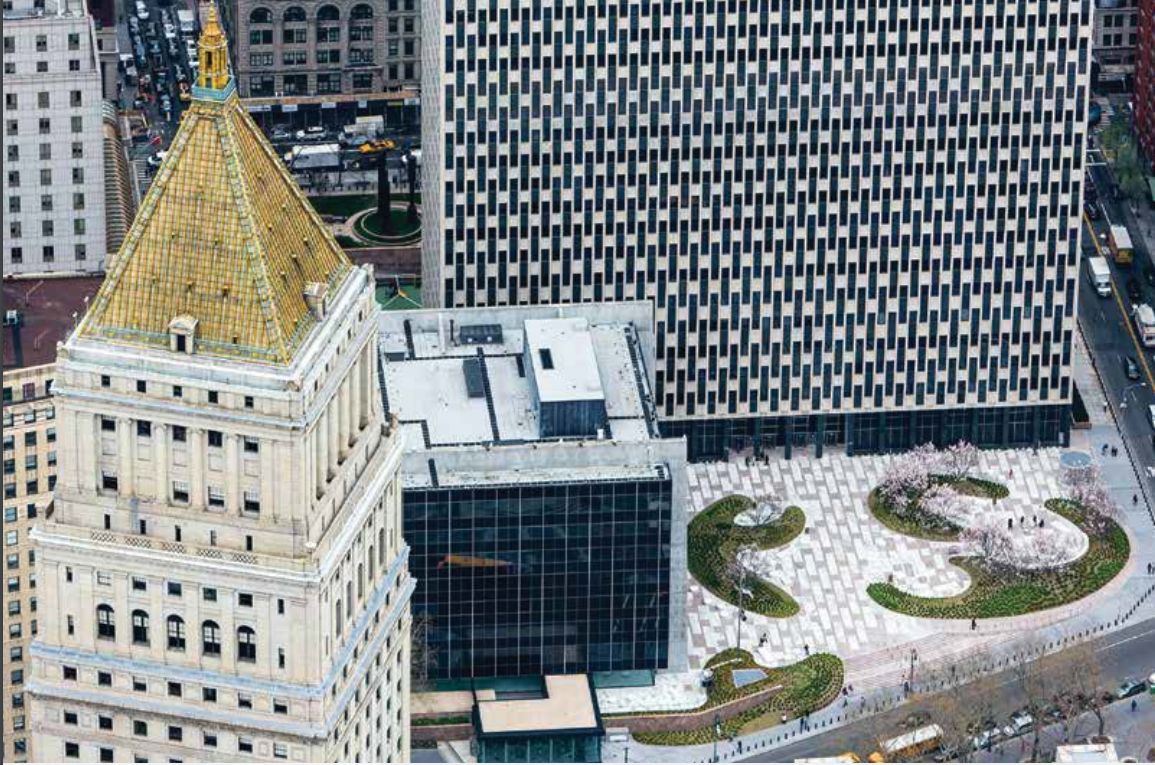
Photo Courtesy General Services Administration
“It sounds wonky, but it’s about showing how much of a difference design can make in how a building operates every day, both for the bottom line and for the environment,” he said.
Designers in 2023 are also looking for innovative ways to reduce the carbon that buildings produce – something that is “everyone’s shared objective,” according to Ritchie.
“Depending on the situation, we could reduce column density, get rid of basements, or employ cantilevered roof terraces to use less concrete,” Ritchie said. “Design elements like this aren’t necessarily common today, but if we were going to read some tea leaves, those are the changes that would be in the design forecast.”
Other trends Gensler cited were prioritizing local materials to reduce transportation emissions and restoring existing buildings instead of developing new ones.
“It’s morally right and design correct to prioritize retrofit over new build,” Morgan said. “If you have the opportunity, seriously consider that path.”
A separate blog on the UGreen website ranked the top 10 sustainable design trends for 2023. Here’s a quick look at them, as described by UGreen:
- Biophilic design that incorporates natural elements such as plants and water features.
- Circular economy in building materials that prioritize repurposing materials and minimizing waste.
- Energy efficiency and passive design that reduces energy consumption by making optimal use of natural light and ventilation.
- Smart technology integration includes automated lighting, heating, and cooling systems.
- Sustainable urban planning and green infrastructure include eco-friendly features such as green roofs, rain gardens, and permeable pavements.
- Adaptive reuse and upcycling focus on repurposing existing buildings and materials and reducing waste.
- Healthy materials and indoor air quality prioritize using materials that emit fewer volatile organic compounds (VOCs) to improve indoor air quality.
- Zero net energy buildings that generate as much energy as they consume through renewable sources, resulting in a net-zero energy balance.
- Modular and prefabricated construction aims to minimize waste, reduce construction time, and improve sustainability.
Carbon footprint reduction and life cycle assessments emphasize low-carbon materials and sustainable construction methods.

